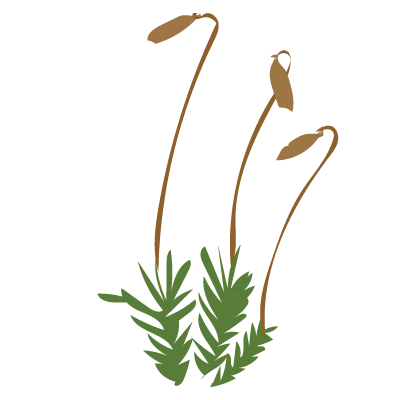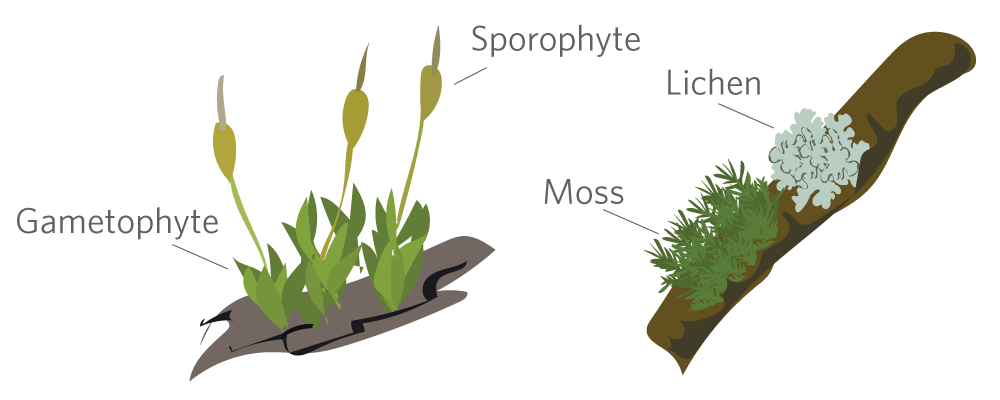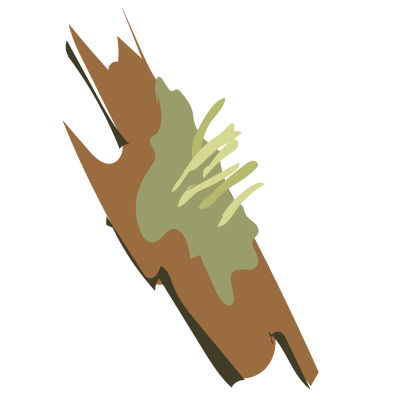It's Moss Week on iNaturalist! Mar 13 - 20, 2016

Go back in time to the days when plants began to invade the land - we’re talking bryophytes on the Critter Calendar this week!! The bryophytes are the most primitive of land plants. They lack true vascular tissue and reproduce via spores, not with flowers or seeds. While there is some uncertainty as to whether they share a common ancestor, for the purposes of the Critter Calendar this week we are considering mosses, liverworts, and hornworts as bryophytes.
Bryophytes spend most of their lives as gametophytes, which is what you’ll most likely see when you find them. The gametophytes contain chlorophyll and are thus green. They in turn produce sperm and eggs - sometimes on the same gametophyte (monoicous), sometimes on separate plants (dioicous). In order for the sperm cells to reach eggs, there must be water on the gametophyte, which is why nearly all bryophytes are found in damp, wet areas. A fertilized bryophyte will grow a sporophyte, which extends outwards and eventually releases spores to be spread by the wind.
While superficially similar and often sharing the same habitat, lichens are not plants but composite organisms comprised of a symbiotic relationship between algae (or cyanobacteria) and fungi. In general, bryophytes will be green and have stalk-like sporophytes. Lichens are often more grey and pale and their fruiting bodies are usually disc- or cup-shaped.


It can be difficult to differentiate and identify mosses, liverworts and hornworts from each other without a microscope and some studying, but here are some guidelines you can use:
True Mosses (Division Bryophyta) more often have stems with leaves, the leaves can be spiraly arranged and often have a middle rib. The sporophytes of mosses can be green, brown or red and the capsule at the tip has a well-formed opening, however the opening may be covered.
Liverworts (Division Marchantiophyta) usually have a “flattened” appearance in comparison to mosses and often lack clearly differentiated stems and leaves. The leaves can be deeply lobed, and sporophytes are usually pale or colorless and the tips often split open, as opposed to the well-formed openings of moss sporophytes.

And finally the Hornworts (Division Anthocerotophyta), who are so named for their distinctive thin, horn-like sporophytes, which emerge from deep within the gametophyte. The leaves of hornworts can have a distinctive blue-green shade, as they are sometimes invaded by cyanobacteria colonies.
If you think you see any of these this week, share your observations with us. We’ll be keeping track here. Happy moss hunting!





Comments
Add a Comment